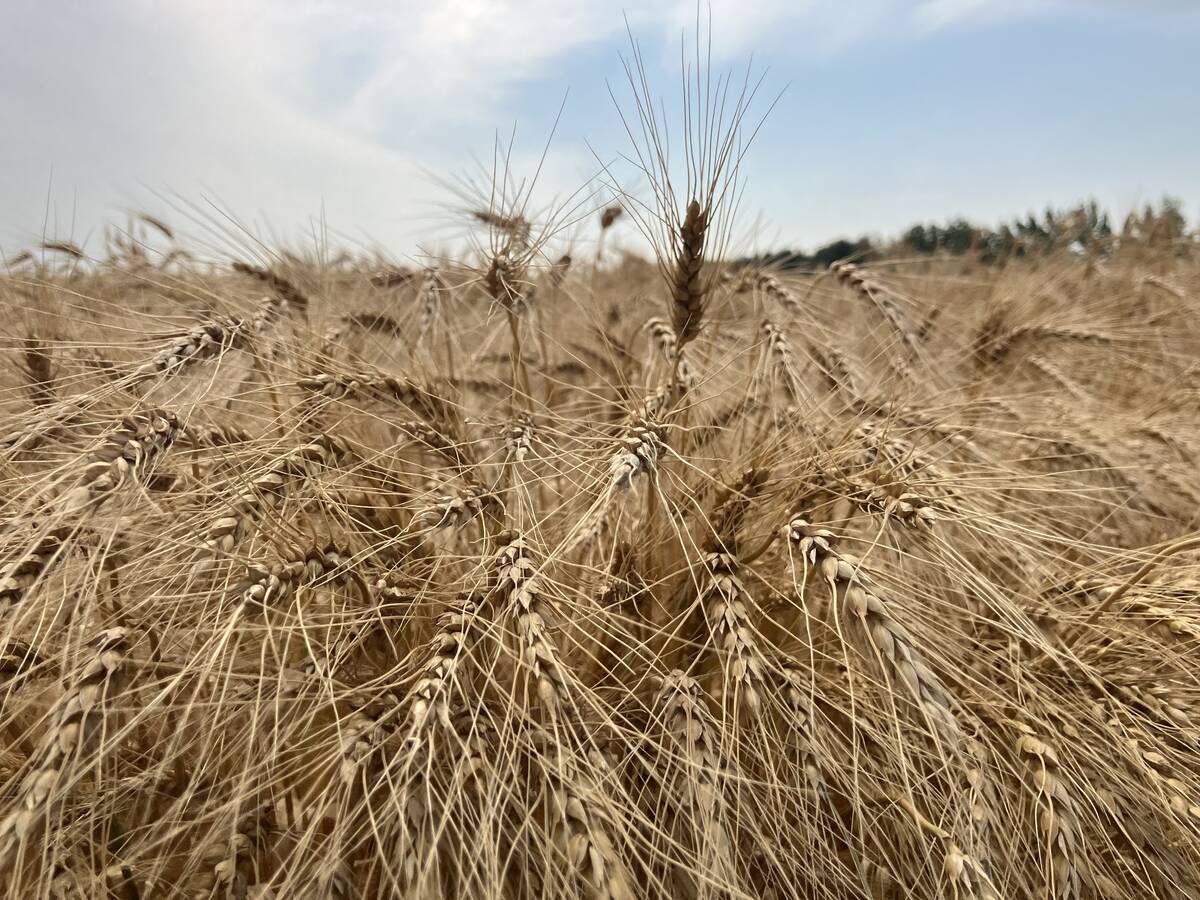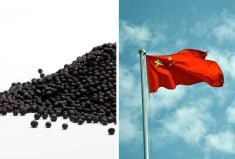A group working to erect a roadside attraction in Ituna feel a 10 metre tall steel oat stem is a fitting image for the east-central Saskatchewan town.
“Our area is basically the largest oats growing part in Saskatchewan,” said Kris Spilchuk, an area resident who helped spearhead a committee to get approval for the structure over the last year.
The oat stem, which will be located along the Canadian National Railway line, will commemorate the founding of the Prairie Oat Growers Association in that community in 1998, she said.
Read Also

Australia’s wheat production outlook improves as harvest begins
Analysts have raised their estimates for Australia’s wheat harvest, a Reuters poll showed, as better-than-expected yields in western cropping regions boosted the production outlook despite losses caused by dry conditions in parts of the south.
The organization works with provincial grower groups to fund production and agronomic research and market development for the crop.
Spilchuk said an area resident is constructing the steel structure, which will be powder coated before placed in the ground. Organizers would like to unveil the finished product, a small shelter and plaque in the fall.
Fundraising is ongoing.
“Whatever we want to put in there might cost us around $25,000,” said Spilchuk.
The effort has received Page’s blessing as well as financial support.
Projections for the upcoming growing season show a continuing trend of declining oat acres across the country. An estimate earlier this year pegged the 2013 total around 2.6 million acres .
However, Jack Shymko, a POGA director from the Ituna area, said the crop remains a staple in his part of the province.
“I definitely don’t see that in our area, but that’s a small area. I don’t think you can argue with Stats Canada, but there is a number of reasons why oat production is not declining in our area,” he said, including close proximity to elevators and a grain miller, which improve growers’ bottom lines.
“The bottom line is (oats) pay, economically speaking,” he said.
“Most years it places second to canola on the farm as far as net returns go.”














